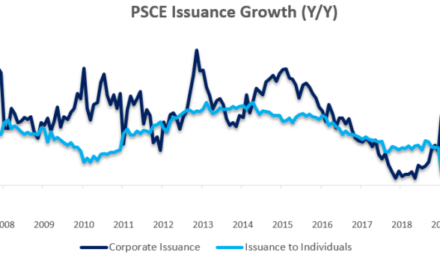
Global competitiveness – Namibia drops one position to #100, changed methodology in part to blame but much room for improvement

“Despite the launch of the NamBizOne portal and the establishment of the Business and Intellectual Property Authority (BIPA), business registration remains cumbersome and time consuming. New technologies are hardly applied and business persons have to drop hard copies of application and registration forms still at various institutions instead of emailing soft copies including proof of payment to a one-window institution.”
Commenting on Namibia’s position in the latest Global Competitiveness Report, released earlier this week, the Research Associate at the Economics Association of Namibia, Mr Klaus Schade, said direct comparisons between the 2017 and 2018 ranking are difficult following a substantial change in framework and methodology.

Research Associate of the Economic Association of Namibia, Mr Klaus Schade
The 2018 Global Competitiveness Report now rests on 12 pillars and sets out to determine participating countries’ readiness for the so-called 4th Industrial Revolution based on the application of digital technology.
In the new rankings, Namibia lies in position number 100 out of 140 surveyed countries. It is one notch down from its position in the 2017 Global Competitiveness Report. However, Namibia improved its index score by 0.3 compared to the previous report.
In sub-Sahara Africa, Namibia is in sixth position after Mauritius, South Africa, the Seychelles, Botswana and Kenya. Except for the Seychelles which moved up by 10 spots, the rest of these economies all performed worse. On the continent as a whole, Namibia is ninth most competitive.
Regarding the general decline in ranking for African countries, Schade said other countries have improved faster than African countries, thus leading to a lower station despite posting a higher score.
Namibia ranked well in the pillars, Labour Market, Financial System and Institutions (legal framework, budget transparency, judicial independence and press freedom) but lagged in Business Dynamics, Market Size, Health and ICT Adoption.
For the time it takes to comply with bureaucratic red tape to establish a business, Namibia falls almost right at the end of the rankings.
Schade commented, “The Harambee Prosperity Plan envisages Namibia to be the most competitive country in Africa by 2020. Although Namibia improved her scores, while better-ranked countries such as South Africa and Botswana lost some ground, and slipped only one place compared to other African countries that ended up much lower, much more efforts are needed to turn around the loss of competitiveness and catch up with other countries on the continent.”
“Some of Namibia’s weaknesses are relatively low hanging fruits that have been discussed for quite some time and could be turned around in a short period of time, including the hiring of foreign labour, while others in the area of health and education in particular, need longer-term, implementable strategies. Overall, Namibia needs to introduce and embrace new technologies and the use thereof more aggressively,” he concluded.
The EAN Commentary is financially supported by the German Government through the Deutsche Gesellschaft für Internationale Zusammenarbeit (GIZ)












































